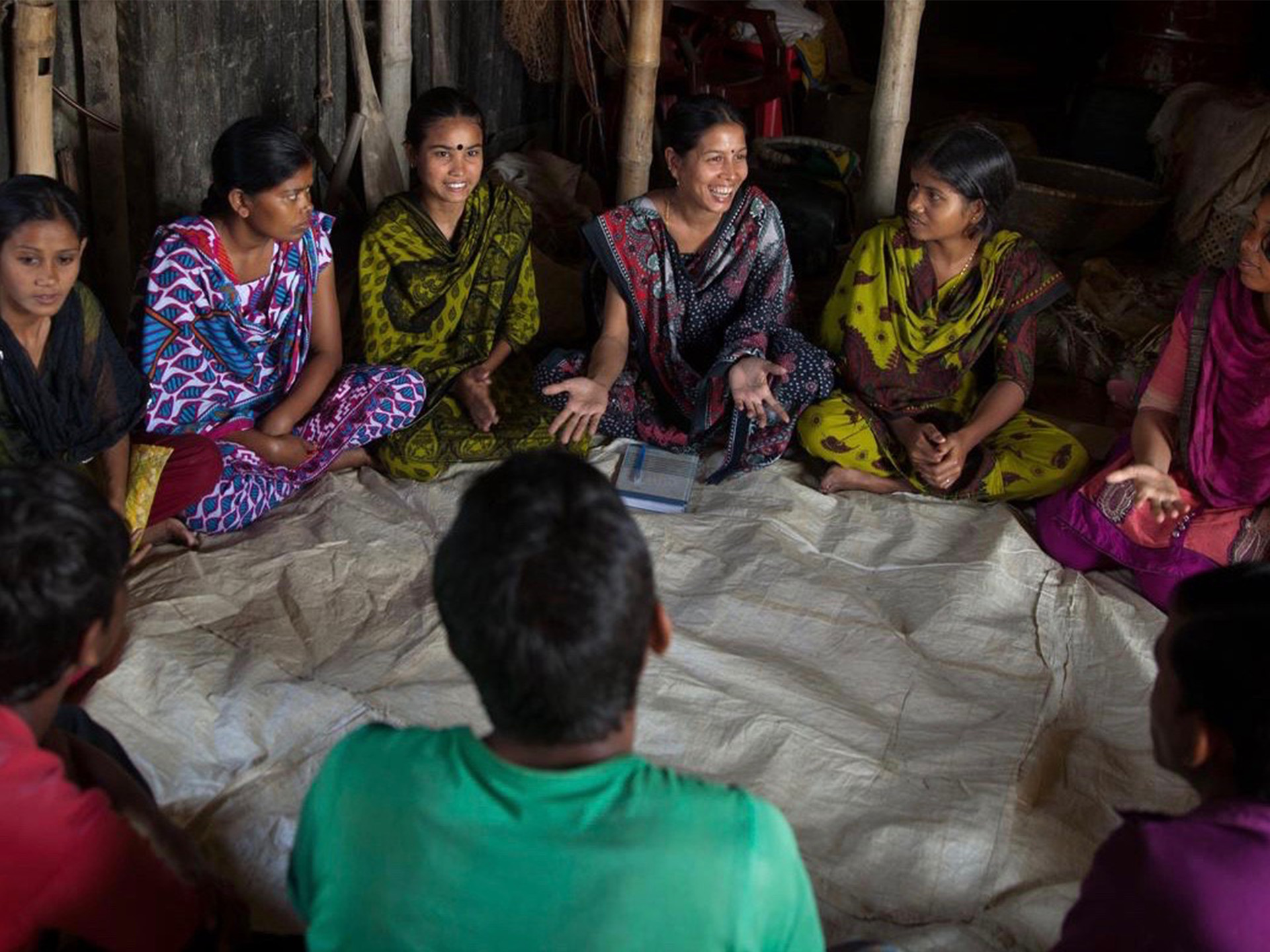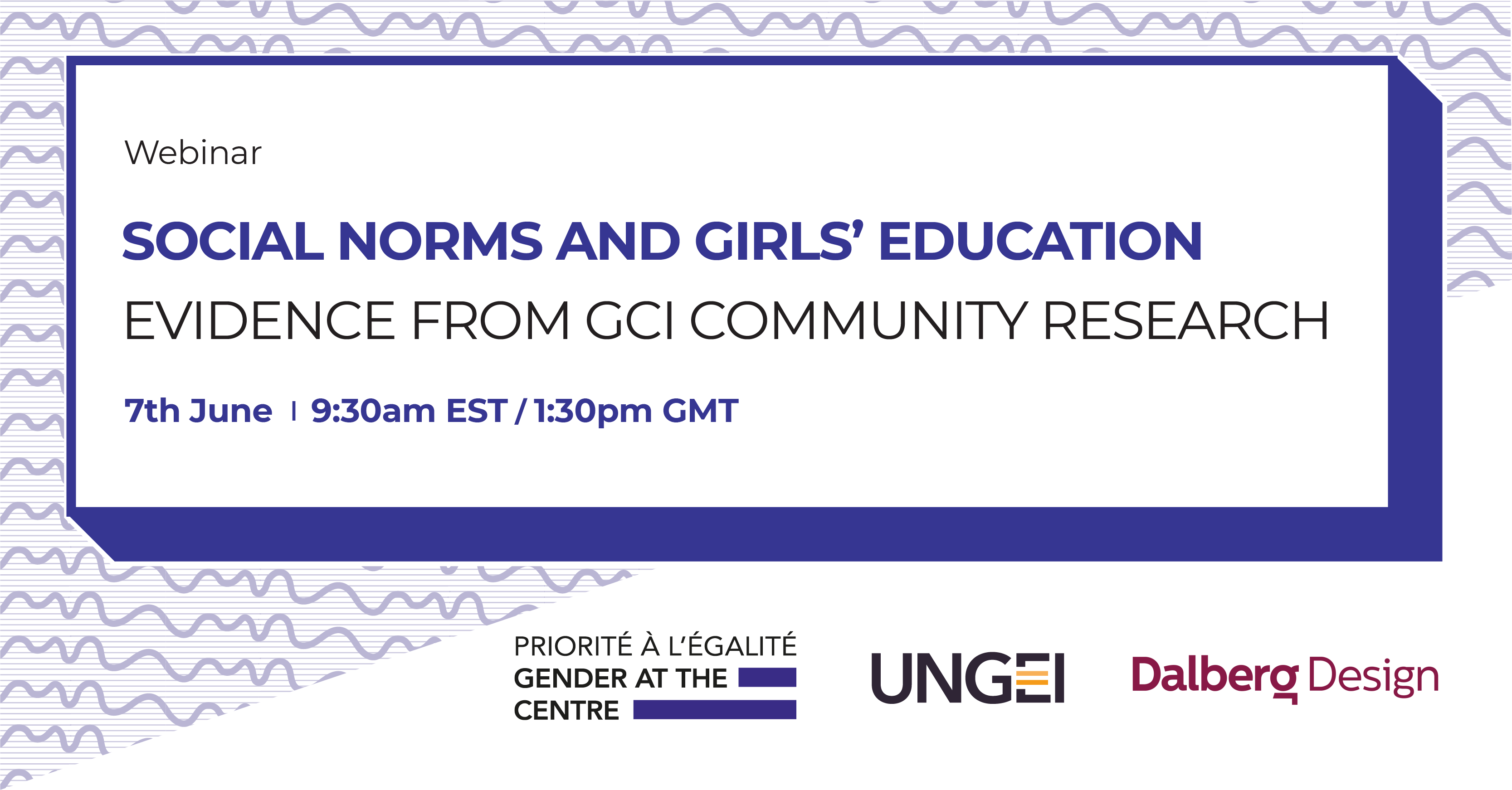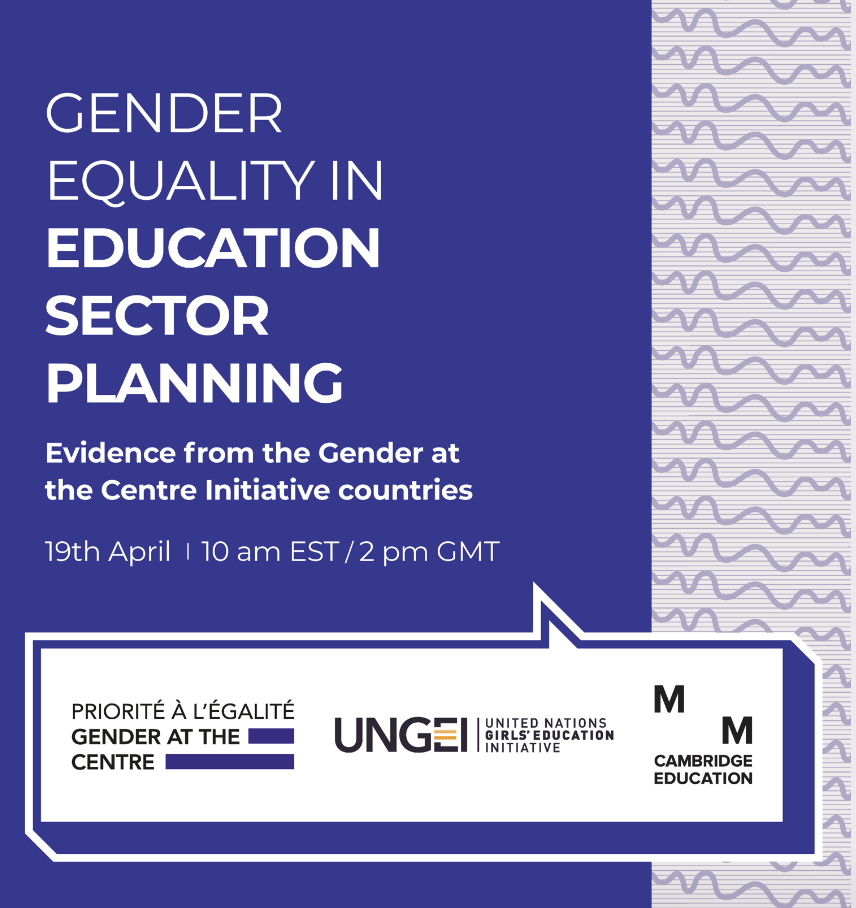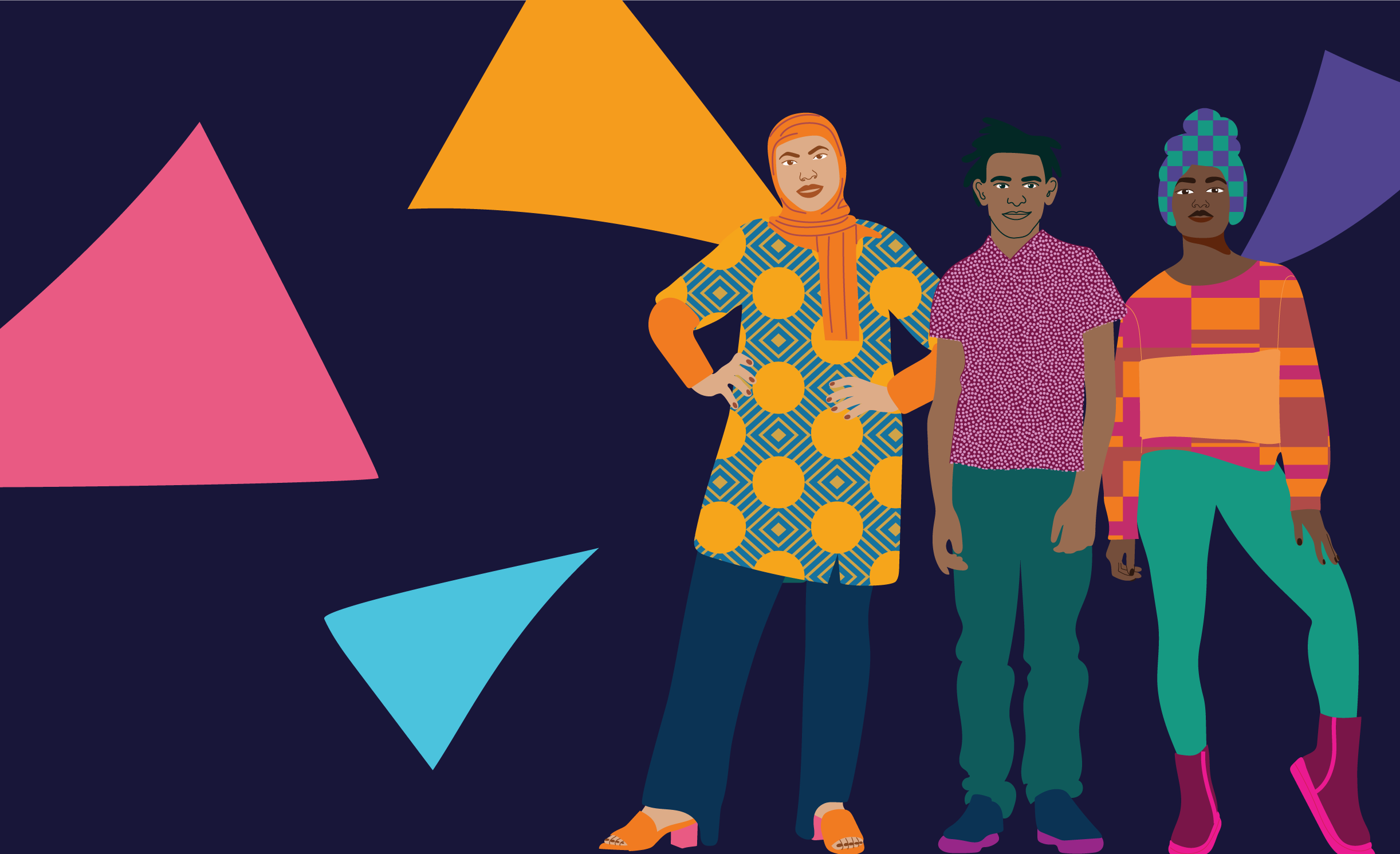The focus on women and girls in rural areas at this year’s CSW placed a welcome spotlight on those at the extreme margins of society whose voices rarely receive the hearing of Hollywood stars — the women and girls least likely to have access to education, health care or economic opportunities. Following an intensive week and a half of discussions covering all aspects of the gender agenda, we noted three broad directives from participants on how best to accelerate the drive for equality and tackle the particular barriers that rural women and girls face. At the UN Girls’ Education Initiative (UNGEI), our mandate focuses on gender equality in and through education, and it is through this lens that we share our learnings.
1. Adopt a partnership approach that puts girls centre stage
Violence against women and girls is rooted in gender inequality and takes many forms that often continue through the life course, from school-related gender-based violence, FGM/C, and child marriage to domestic violence and rape. For girls, lack of access to quality education and thus decent work can perpetuate the abuse of their human rights across generations. Although so many of the issues they face escalate during the teenage years and continue through adulthood, too often, adolescent girls fall between the dominant agendas of children’s and women’s rights.
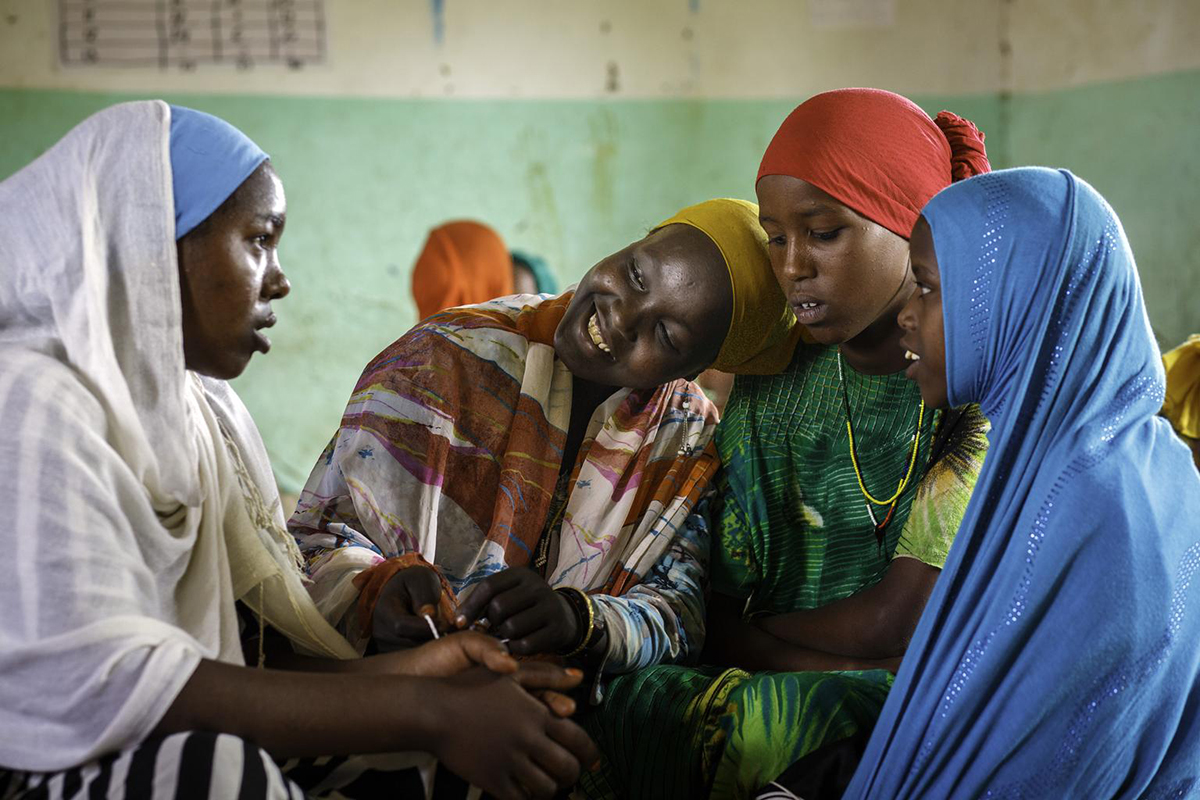
At the launch of Plan International’s Girls’ Rights Platform, CEO Anne-Brigitte Albrectsen noted that girls are rarely mentioned in international law, but are instead subsumed by the ageless categories of ‘women’ or gender-neutral ‘children’, ‘adolescents’ and ‘youth’. And where girls are singled out, there is a failure to reflect the particular barriers they face. To break the cycle of gender inequality and its many negative expressions, CSW contributors repeatedly stressed the importance of a cross-cutting, multisectoral, partnership approach that prioritises girls’ needs and rights. For girls to be empowered to fulfil their potential, a common agenda with mutually reinforcing programmes and agreed progress measures is urgently needed.
2. To challenge gender norms start with education
To promote gender equality, deep-rooted gender norms that influence the way girls and boys are raised, learn and interact, and shape their identity, beliefs and behaviours need to be addressed. In the context of education, gender stereotypes can be embedded in textbooks and curricula, reinforced by messages conveyed in other aspects of schooling and sustained by attitudes in the home. In many families, the burden of unpaid domestic work falls disproportionately on girls’ shoulders, perpetuating gender inequality, limiting girls’ academic potential, and leading to poorer employment prospects in the long term. Without role models and mentors, too often girls internalise these norms and are unable to imagine or aspire to alternative pathways.
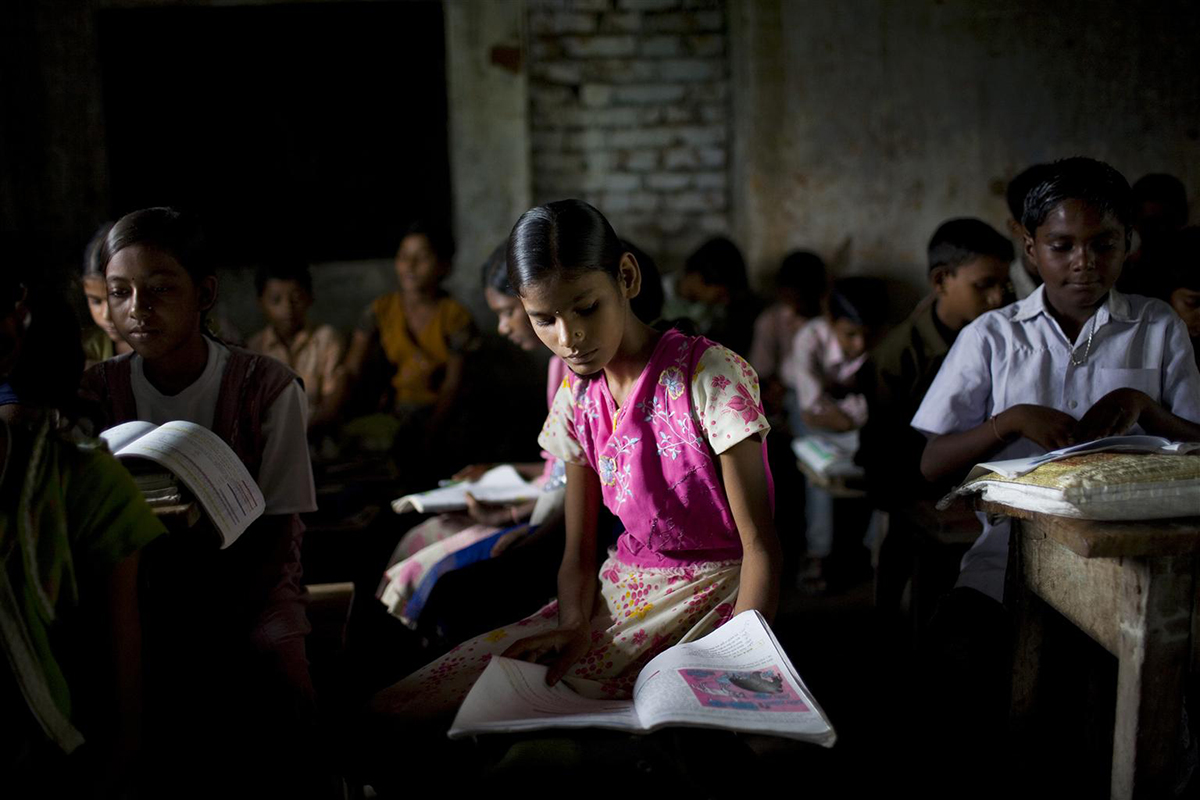
The groundswell has to come from the grassroots.
Molly Melching, Tostan
Education can play a critical role in challenging gender norms, and several common approaches emerged across CSW panel events. Within the classroom, life skills programmes can expose young people to new ideas, challenge existing ones and provide opportunities to discuss norms, beliefs and behaviours in a safe space. Breakthrough India’s Taaron Ki Toli programme was highlighted as one example of an initiative that has been effective in improving gender attitudes, especially among boys. A supportive learning environment is also critical for increasing girls’ self-efficacy, while vocational training programmes can widen their outlook and opportunities. Outside the classroom, community-based dialogue can encourage community members to examine beliefs and consider alternative ideas, potentially leading to shifts in attitudes and behaviours. As Tostan’s Molly Melching observed, to effect real and lasting change, “The groundswell has to come from the grassroots.”
3. Empowerment means creating the conditions for communities to lead
The empowerment of rural women and girls was enshrined in the theme of this year’s CSW. Yet many contributors challenged the traditional concept of empowerment in which the powerless are empowered by the powerful. Instead, a notion that conveys the idea of creating the conditions in which women can be empowered was advocated. Purna Sen of UN Women observed that for this to be realised, “We [the powerful] have to give up our seats at the table and have other people making the decisions that affect their lives directly.” At UNGEI, we believe that education has the potential to provide girls and boys with the support they need to ask questions and claim their own voice. A critical first step is for teachers to recognise the norms and values they reinforce in the classroom and promote a gender positive environment.
We can’t import solutions into communities; we have to allow communities to lead.
Jaha Dukureh, Safe Hands for Girls
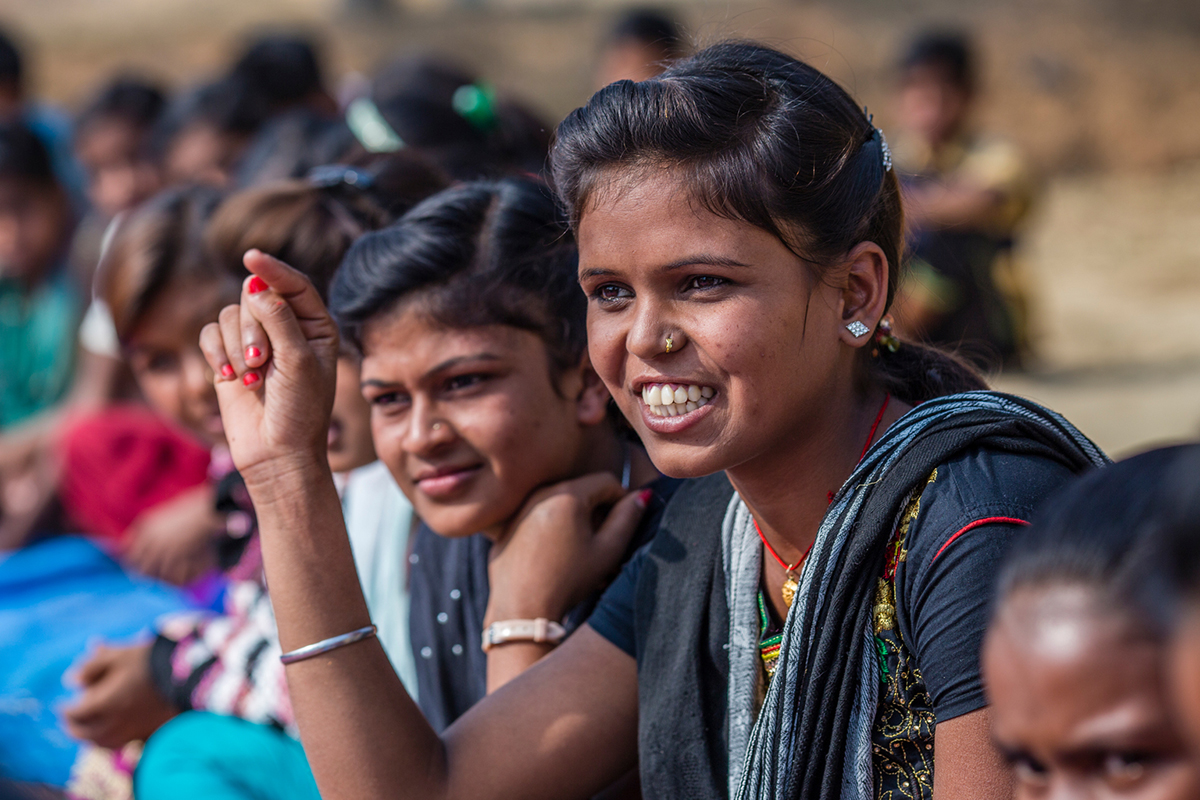
To accelerate the progress needed for women to achieve their social, economic and political rights, many participants spoke of the need for rural women to come together and lead the movement. Jaha Dukureh, founder of Safe Hands for Girls, articulated a widely held consensus when she stated, “We can’t import solutions into communities; we have to allow communities to lead. And to know that young people… are more than capable of leading those solutions in their own communities.” For this to happen, fundamental shifts in power and the resourcing of rural women’s organisations need to take place at local, national and global level.
The challenges facing rural women and girls are immense, but, in the wake of this growing movement for gender justice, so too are the opportunities. During this year’s CSW, the rights of girls, as well as women, were given more space and prominence than ever before. A new (or renewed) recognition of the potential role of education in empowering women and girls, and thus transforming society, was widely articulated. Across the world, the hunger for change is palpable. We must seize the moment.
